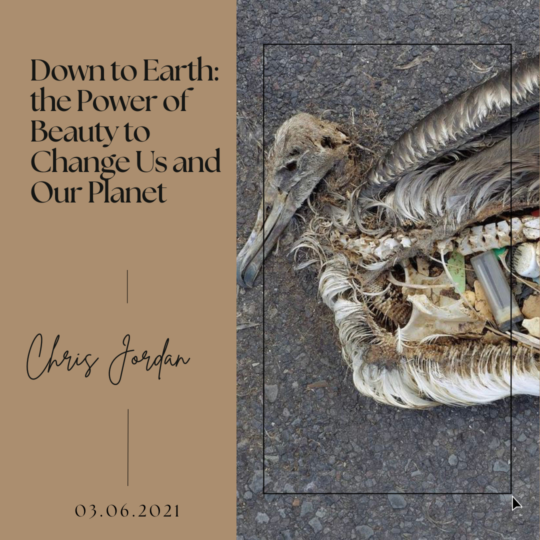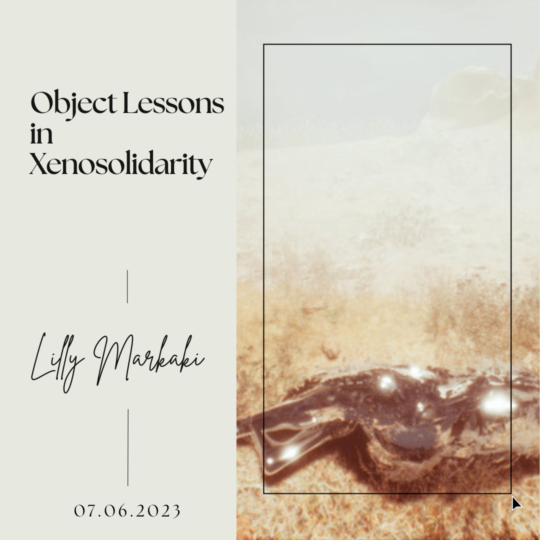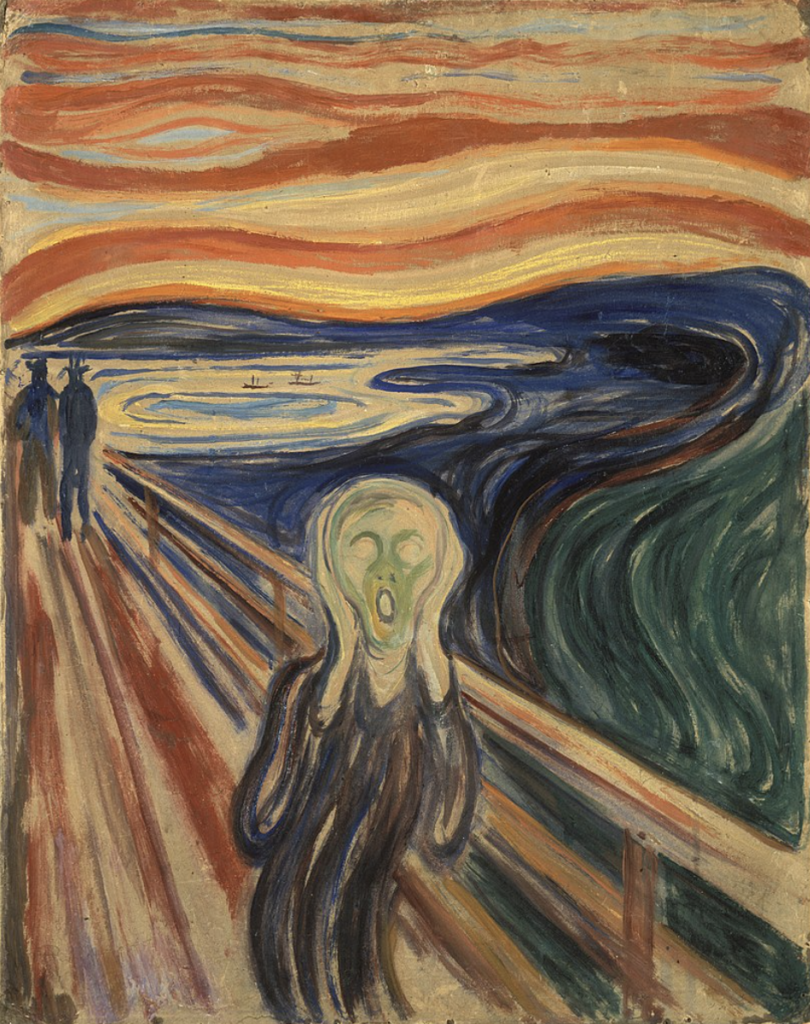Pleasure & Pain, a Duet of Emotions
written by art historian & curator
The interplay between pleasure and pain encapsulated within the artistic expressions often creates magnetic images that draw audiences and immerse them in strong emotional content. The captivating realms of painting and film in particular explore notions of pleasure and pain visually. Contrast and dualities depict complexities of human experience through a carefully curated juxtaposition creating a poignant narrative that oscillates between the euphoria of pleasure and the depths of pain.
Videos you may enjoy as well:
The world of painting becomes a dynamic arena where artists harness the power of color, light, and composition to magnify the dualities of pleasure and pain. Vibrant hues collide with muted tones, giving birth to a kaleidoscope of emotions on the canvas. In the cinematic realm, directors wield a powerful arsenal of visual and narrative tools to explore the dual nature of pleasure and pain. Alfred Hitchcock, a master of suspense, employed contrast to heighten emotional tension in films like ”Psycho”. The sudden shifts from serene scenes to moments of brutal violence not only showcase the stark contrast but also mirror the unpredictability of pleasure and pain in human existence. Let’s have a look at how in both art and film the intentional use of contrast and dualities serves to engage the audience emotionally and intellectually. Let’s see how artists and filmmakers invite viewers to explore the profound relationships between pleasure and pain through colours and film shots.
Art as a tapestry of emotions
Artists, through their meticulous strokes and carefully composed frames, harness the power of visual storytelling to convey the profound duality inherent in the human condition. The themes of pleasure and pain are resonant throughout art history and magnify their impact by juxtaposing their extremes. The canvas becomes a playground for the interplay of light and dark, as artists skilfully manipulate contrasts to evoke visceral emotions. In Caravaggio’s chiaroscuro masterpieces, such as ”Judith Beheading Holofernes”, the stark contrast between the luminous and shadowed areas intensifies the brutality of the act, juxtaposing the pleasure of victory with the pain of violence. Likewise, the juxtaposition of joy and sorrow within a single frame is evident in Edvard Munch’s iconic painting ”The Scream”. The swirling sky of intense, almost painful colours contrasts sharply with the anguished figure in the foreground, creating a visual paradox that encapsulates the dualities of pleasure and pain within the human psyche.
Damien Hirst’s groundbreaking artwork, ”The Physical Impossibility of Death in the Mind of Someone Living” (1991), is a visceral exploration of pleasure and pain that transcends the conventional boundaries of artistic expression. At the center of the piece is a preserved tiger shark, suspended in a clear tank filled with formaldehyde. This provocative creation confronts viewers with the stark duality inherent in the human experience, oscillating between the awe-inspiring pleasure derived from the majestic beauty of nature and the unsettling pain associated with mortality. The sheer scale and presence of the shark elicit a sense of wonder, inviting viewers to marvel at the raw power and elegance of this apex predator. The pleasure derived from witnessing the creature’s formidable form is undeniable; it is an embodiment of the sublime, a testament to the grandeur of the natural world. However, this pleasure is paradoxically intertwined with an undercurrent of discomfort and unease.
The title, ”The Physical Impossibility of Death in the Mind of Someone Living”, adds a layer of complexity to the artwork. The shark, despite its physical presence, is dead and preserved, challenging our perceptions of life and death. The tension between the living and the lifeless introduces an existential dimension, underscoring the inherent pain associated with the transience of life. The shark, frozen in time, becomes a poignant memento mori, forcing viewers to grapple with their own mortality. Hirst’s work is a masterful embodiment of the pleasure-pain dichotomy, provoking a visceral and intellectual response. It compels viewers to reconcile the contradictory emotions evoked by the artwork, transcending the boundaries of traditional artistic representation. The artwork is a testament to Hirst’s ability to use the medium of preservation to encapsulate the pleasure of awe and the pain of mortality within the same striking and unforgettable visual experience.
Film as an Illustration of Human Emotions
Likewise, in the realm of films, directors weave narratives that oscillate between moments of ecstasy and anguish. The visual language of cinema employs techniques such as lighting, composition, and pacing to underscore the dichotomy between pleasure and pain. Whether through chiaroscuro in classic cinema or symbolic color palettes in contemporary films, the contrast becomes a narrative tool, emphasizing the emotional weight of each extreme. This exploration of opposites not only heightens the aesthetic allure of the art form but also invites viewers to introspect on the complexities of pleasure and pain in their own lives.

Christopher Nolan, in his film ”Inception”, delves into the psychological realms of pleasure and pain within the architecture of dreams. The contrasting dreamscapes, with their utopian pleasures and nightmarish terrors, serve as a metaphorical exploration of the dualities that characterize the human experience. The concept of shared dreaming introduces the joy of limitless possibilities, where characters manipulate reality to achieve their desires. ”Inception” investigates the inherent pain within the subconscious. The pursuit of inception itself, implanting an idea into someone’s mind, poses existential and moral challenges. The film explores the anguish of guilt, loss, and the haunting consequences of manipulating the boundaries between reality and illusion. The dualities of pleasure and pain create a narrative tension that propels the viewer through a labyrinth of dreams, making Nolan’s film a thought-provoking exploration of the human psyche.
”Black Swan”, directed by Darren Aronofsky, stands as a mesmerizing and psychologically intense cinematic exploration of pleasure and pain within the context of artistic pursuit. Released in 2010, the film follows the life of Nina Sayers (Natalie Portman), a talented but mentally fragile ballet dancer, as she grapples with the dualities inherent in the quest for artistic perfection. The pleasure in ”Black Swan” is intricately woven into the fabric of Nina’s artistic achievement. As she vies for the lead role in ”Swan Lake”, the film captures the euphoria derived from the pursuit of excellence. The pleasure manifests through the ethereal beauty of ballet, the thrill of artistic accomplishment, and the ecstasy of transforming into the coveted role of the Black Swan. Portman’s nuanced performance allows viewers to vicariously experience the elation that comes with mastering one’s craft and achieving recognition in the competitive world of ballet.
Simultaneously, ”Black Swan” plunges into the depths of pain, both physical and psychological, that accompany Nina’s relentless pursuit of perfection. The film exposes the grueling demands of the ballet industry, highlighting the toll on Nina’s mental well-being as she battles her inner demons and faces the cutthroat competition. The pain is visceral, expressed through the physical strain of dance, the pressure to conform to unrealistic standards, and the psychological unraveling that ensues. Aronofsky masterfully blurs the boundaries between reality and fantasy, immersing the audience in Nina’s subjective experience. The film becomes a psychological thriller, where pleasure and pain intertwine seamlessly, culminating in a climax that challenges perceptions of sanity and artistry.

”Black Swan” emerges as a poignant and gripping exploration of the pleasure found in artistic accomplishment and the concomitant pain borne out of the relentless pursuit of perfection. It serves as a cinematic journey that transcends the ballet stage, inviting viewers to reflect on the intricate interplay of pleasure and pain within the pursuit of one’s artistic passions.
The exploration of pleasure and pain in painting and film through the lens of contrast and dualities reveals a profound tapestry of human emotions. The juxtaposition of light and dark, joy and sorrow, creates a visual and emotional symphony that resonates with audiences on a deep, visceral level. Through these art forms, artists invite us to confront the paradoxes of our existence, challenging us to contemplate the intricate dance between pleasure and pain that defines the human condition. In the brushstrokes and frames of contrast, we find a mirror reflecting the intricacies of our own emotional landscape.






Leave a Reply